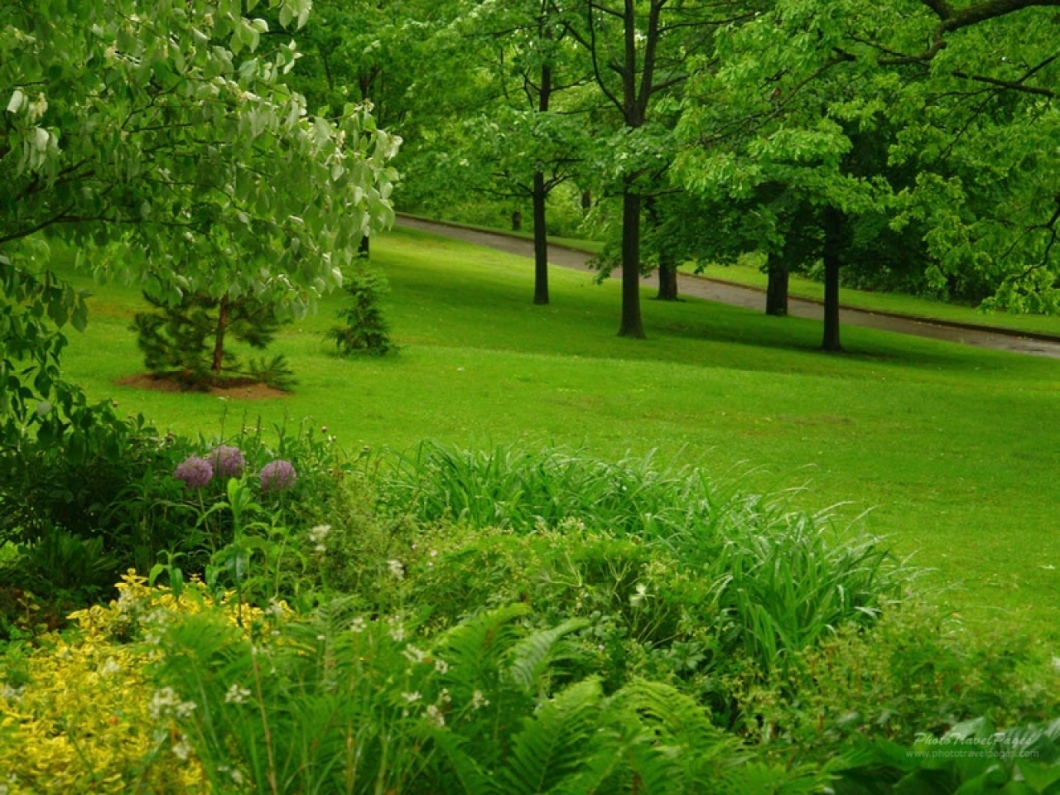Botanical garden is a type of garden that is formed with trees that have medicinal qualities. For this reason each and every plants in the garden have names that tell us about their additive qualities. Visiting tours are arranged in botanical gardens because students are taken there for exhibitions, demonstration of education, dramatic performances in open air etc. Research organizations or universities generally run the botanical gardens because they are used for students who study botany. The gardens are also used for research works. A garden with medicinal plants is a strained institution run by members for the preservation of an existing compilation of foliage beneath technical organization for the use of knowledge and examination of the research activities, jointly with herbaria, book libraries, lab for doing research, museums etc. for meticulous accomplishments. All botanical gardens are obviously developed for certain specific areas which are concerned with individuality, locality, availability of money etc.
The source of contemporary botanical precincts can be drawn back to the establishments of medicinal gardens during the time of the middle ages in Europe. The first precinct was founded during the time of reawakening in Italy which dated back to the 16th century. The interest in plants with medicinal qualities has undergone changes in the next century with the discovery of new plants that are imported from exhibitions exterior to Europe. It has resulted in the setting of botany as an autonomy which has a separate identity from the drug. In the coming century, ways of naming plants have begun. The taxonomy and categorization were designed by forestry scientists who work in the research institutes where herbs are tested or in universities that are connected with precincts where botanical trees are grown. A present-day garden with trees related to botany is a stringent secluded innate metropolitan emerald region, in which a controlling association developed a land shaping it for precincts and has renowned assortment of plants which are conserved because they have practical utility such as systematic investigation, edification, civic exhibit, preservation, used for healing, sightseeing and leisure performance, manufacture of saleable commodities from plants and activities for enhancement of the progress of human beings.
The garden where trees are grown for research activities can be an autonomous establishment, apublicmaneuveree, or allied to an academy. Being a division of an enlightening association, it can be correlated to an educational concert. Whatever may be the condition, it persists for precise timings and is cannot be constrained or abstracted by erstwhile requirement. A garden with trees for education and research purpose is not simply a precinct which is made for recreation or decoration, rather it can be creative. It is not a station where experiments are conducted or a recreational area with titles for each and every plant. The necessary constituent is the objective of the endeavour, which is associated with the acquirement and propagation of knowledge for the purpose of enhancement of research and development in different academic and practical areas. People are attracted towards these gardens because they have rare species in the store.

